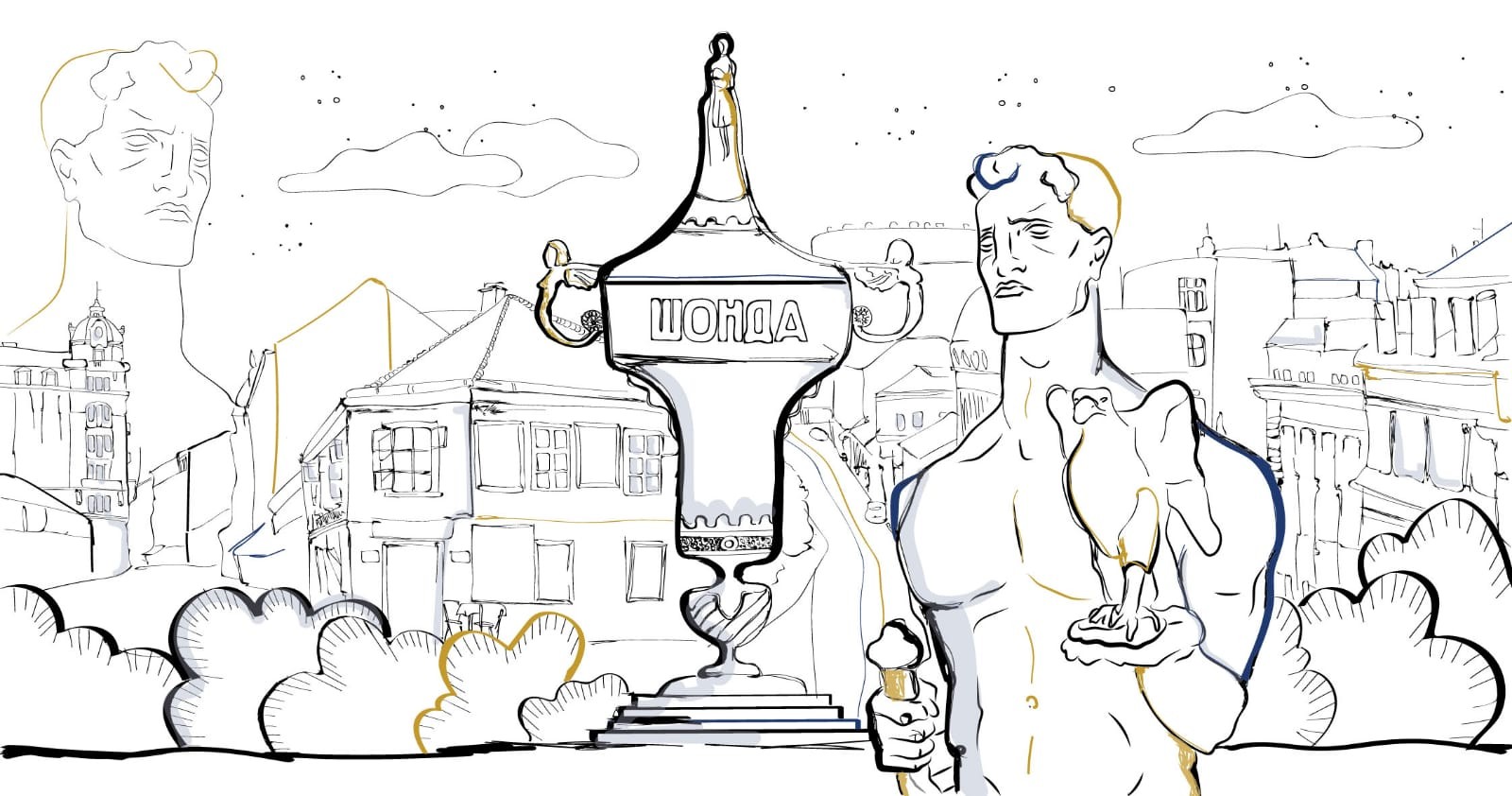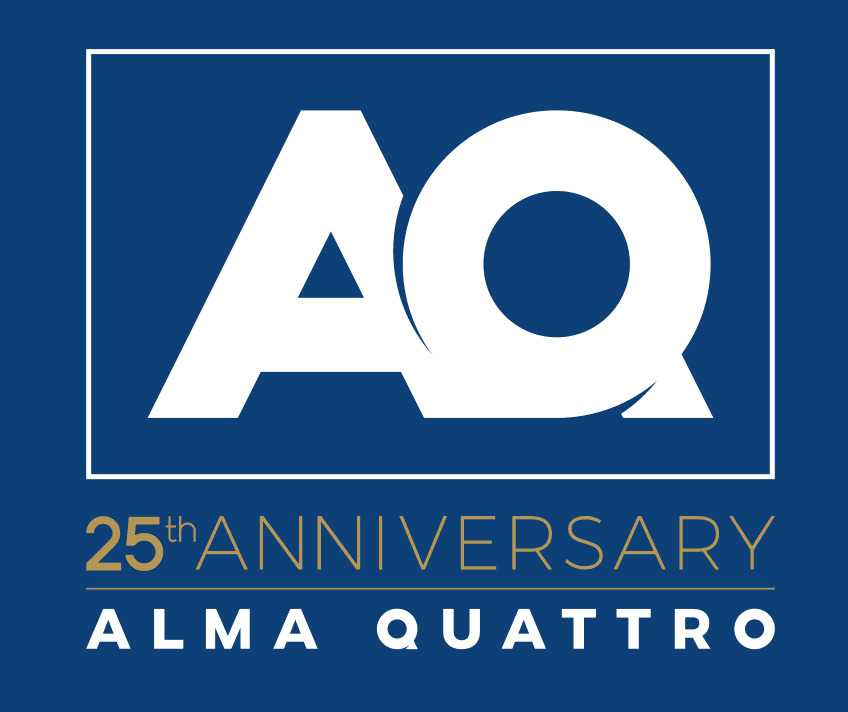
Copyright: Illustration by Iva Kujundžić
ADVERTISING AT THE TIME OF CHOCOLATE KINGS
BELGRADE
SERIAL: OOH DEVELOPMENT IN SERBIA - PART 1
Created: Jul 17, 2019
Outdoor advertising or out-of-home advertising, as the oldest form of advertising in the world, has not had linear development.
Before the media crystallized into a harmonized marketing mix as we know it today, if we take a walk along the timeline, take a look at the first half of the 20th century, and listen to the humming from the streets and squares of the white city, we will understand that OOH was indeed present at that time.
Every form of advertising that could be seen on streets was OOH.
The fragments of the life during that period captured by the camera lens illustrate and shape the representation of the contents as well as the forms of advertisements that drew the eyes of Belgrade citizens and visitors.

In Kolarčeva Street, in 1937, there were two advertisements on the façade of the then high-rise, five floor building - a soap advertisement on the top and an advertisement for a Citroen car just below.

In the 1930’s ethnocentrism was openly propagated (Buy Domestic Products) from the top of the Artisans Club (later Radio Belgrade) in Makedonska Street.
Today’s readers cannot be sure what the definition of a domestic product was. Was it a product from the Kingdom of Serbia or from the Kingdom of Serbs, Croats and Slovenes?

If we go a few steps back in time and get to the year of 1931, at the place of today’s Palace Albania there was a bistro/restaurant, Kafana Albania. Judging by the posters between the window panes, we can see that soap ads were not exclusively used for the point-of-sale advertising.
Why did the manufacturer of Jelen soap think that the bistro was an excellent spot for the advertisement?
In the background of the same photograph we can see two advertisements on the façades of high-rise buildings, one of them was an ad for Sphinx petrol. Except for the brand name, the full name of the company (which is not seen on this photo) was written using the Cyrillic script - as Вакуум Ојл Компани Д.Д..

One more scene in front of Kafana Albania, this time an advertisement for the juice brand that was later remembered by the new generation at the end of the same century with a memorable slogan Lako uz Sinalco (Take it easy with Sinalco).

In the form of a flat billboard mounted on the roof tiles of a low-rise building, there was an advertisement for the first Belgrade and Yugoslav chocolate factory Šonda. Šonda made the first Yugoslav chocolate Olga, which was considered the best tasting chocolate in the Kingdom.
After the victory of the Yugoslav national football team in Montevideo in 1930, Mihajlo Šonda surfed on the waves of the enthusiasm and infatuation with football. In 1932 he started packing photos (stickers) of football players within chocolate wrappers and started selling sticker albums. The Šonda family was known as “Chocolate Kings”. Any resemblance between the name Šonda and the name of (Willy) Vonka is purely coincidental.

Victory rhymes in the daily newspaper “Politika”, 3rd June 1934.
The nose of Mihajlo Šonda was infallible. On 3rd June 1934, four years after Montevideo, the Yugoslav national football team, led by Tirke and Moša, beat Brazil again with the score 8:4 on BSK stadium in front of 12 000 spectators. It was one of the biggest defeats in the history of the Brazil national football team.

At that time, in 1935, the construction of the Main Post Office building commenced and 56 years later the first backlit billboard in Serbia (the then Federal Republic of Yugoslavia) was installed in front of that building.
Note: We are very grateful to the administrators of Facebook pages “Stari Beograd kojeg više nema” (Old Belgrade) and "Crno-beli Beograd" (Black and White Belgrade) for their rich archives of photographs that visually enriched this article.
Would you like to find out more? Continue reading...

